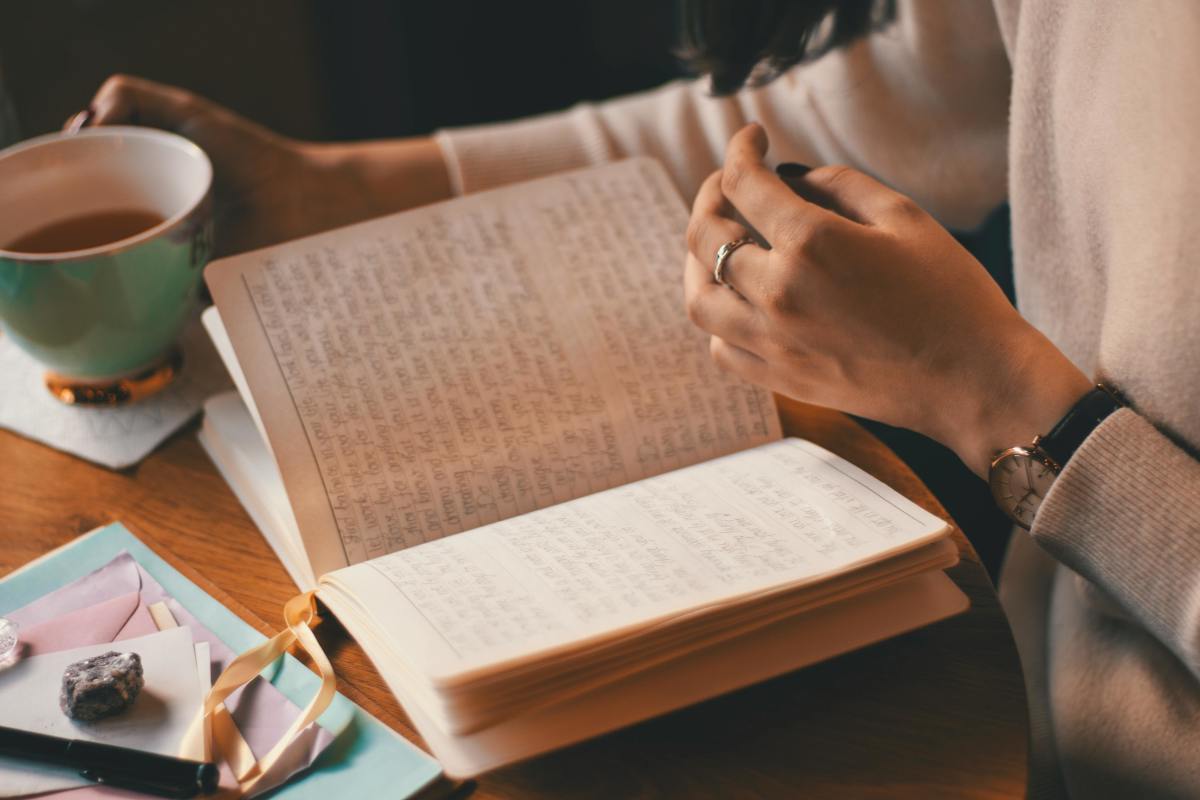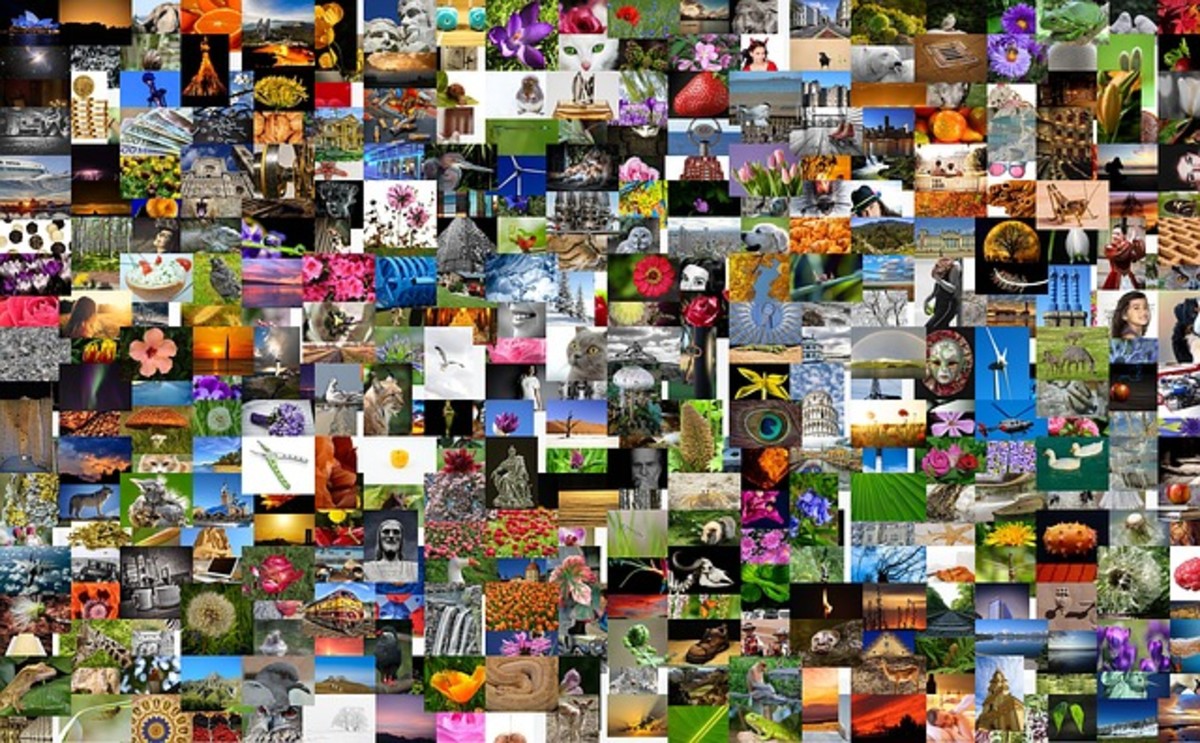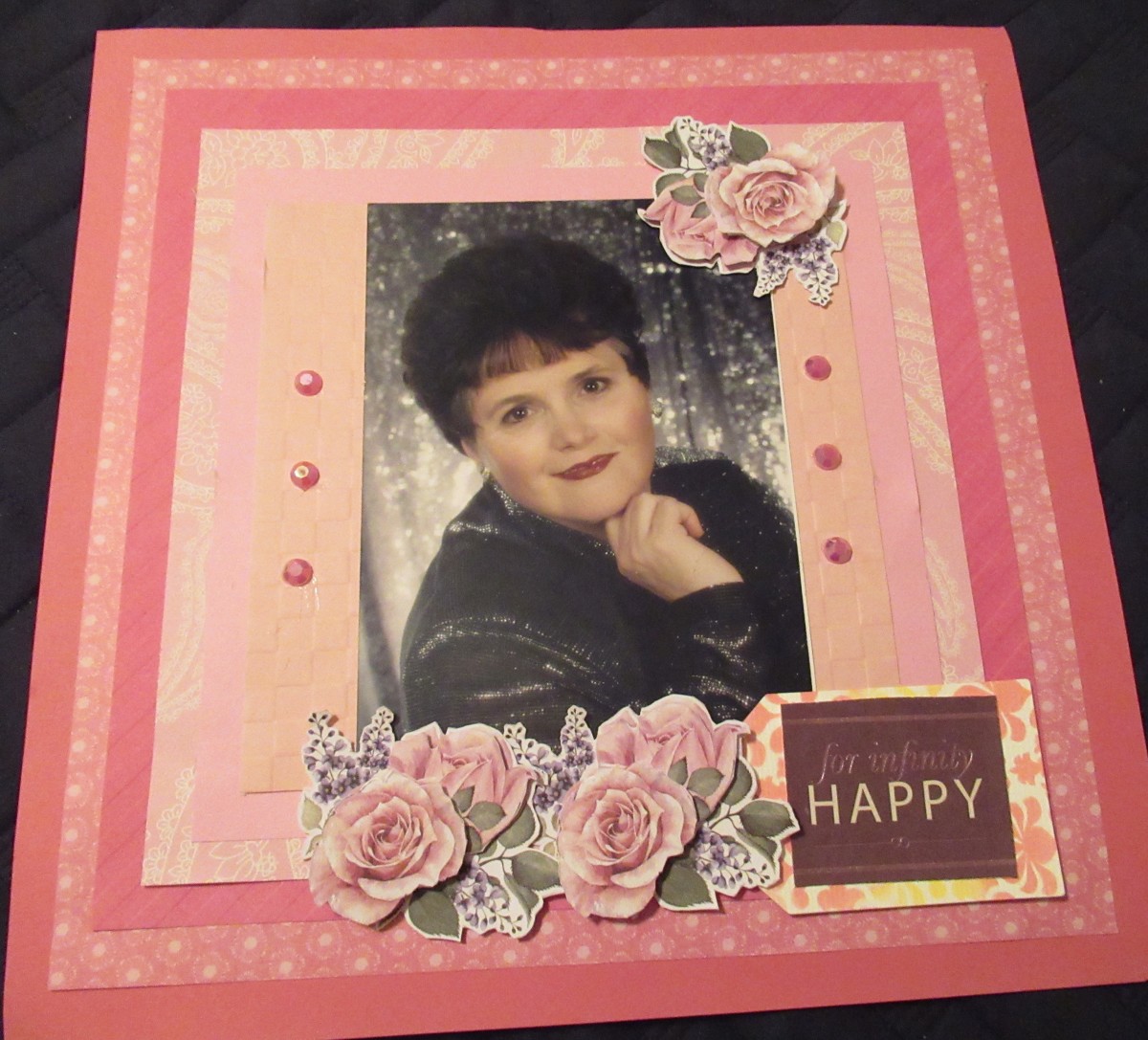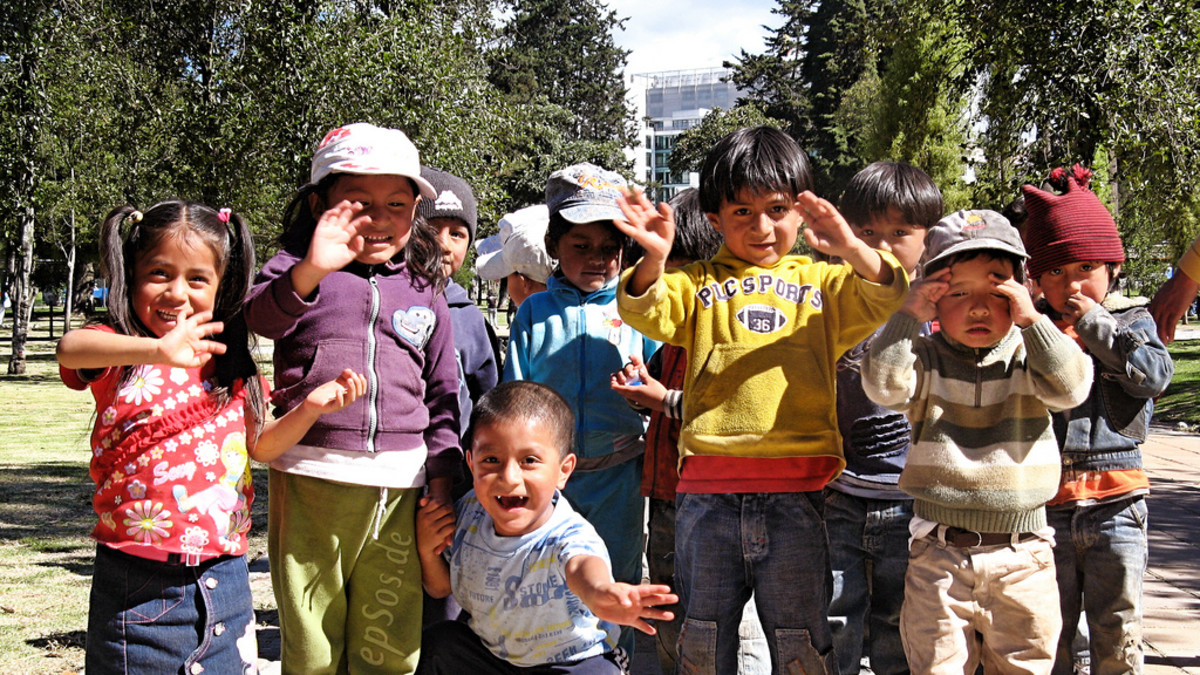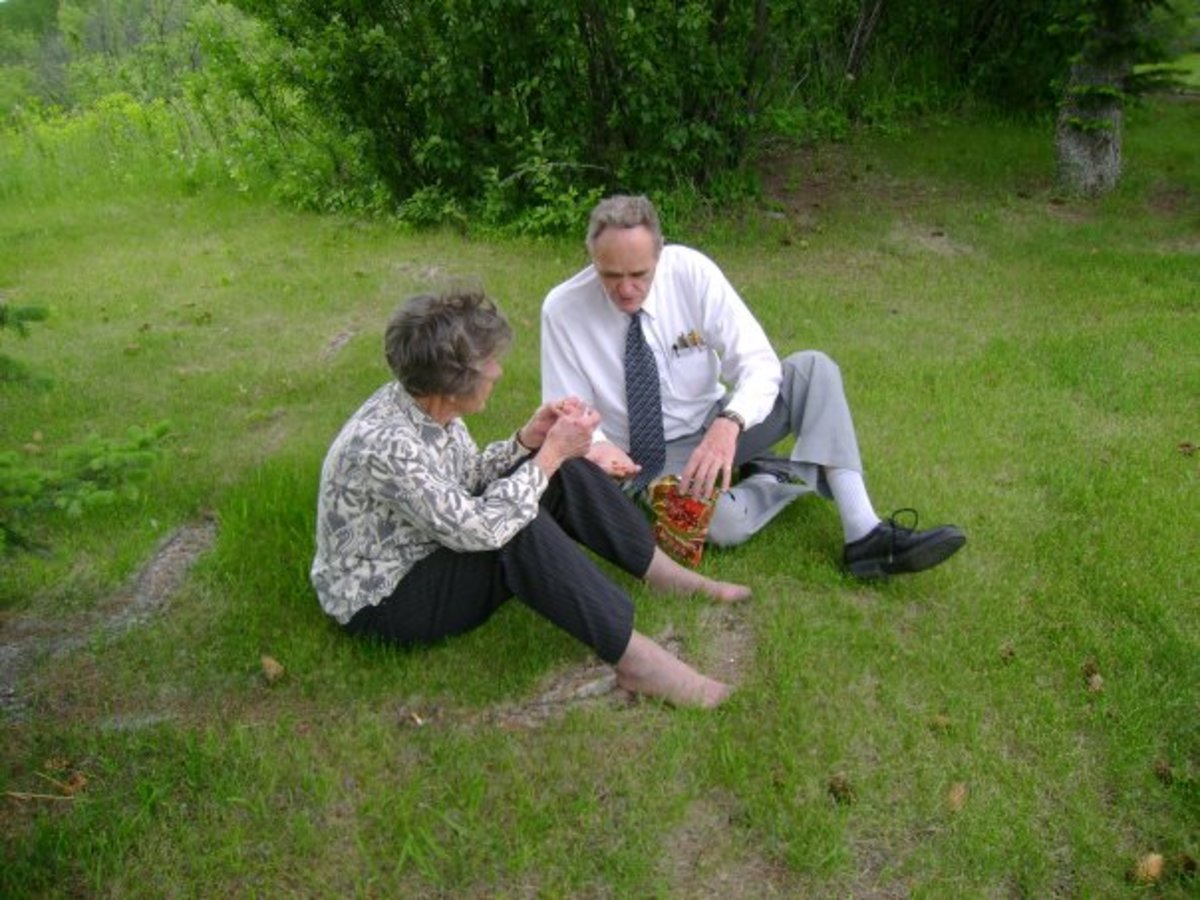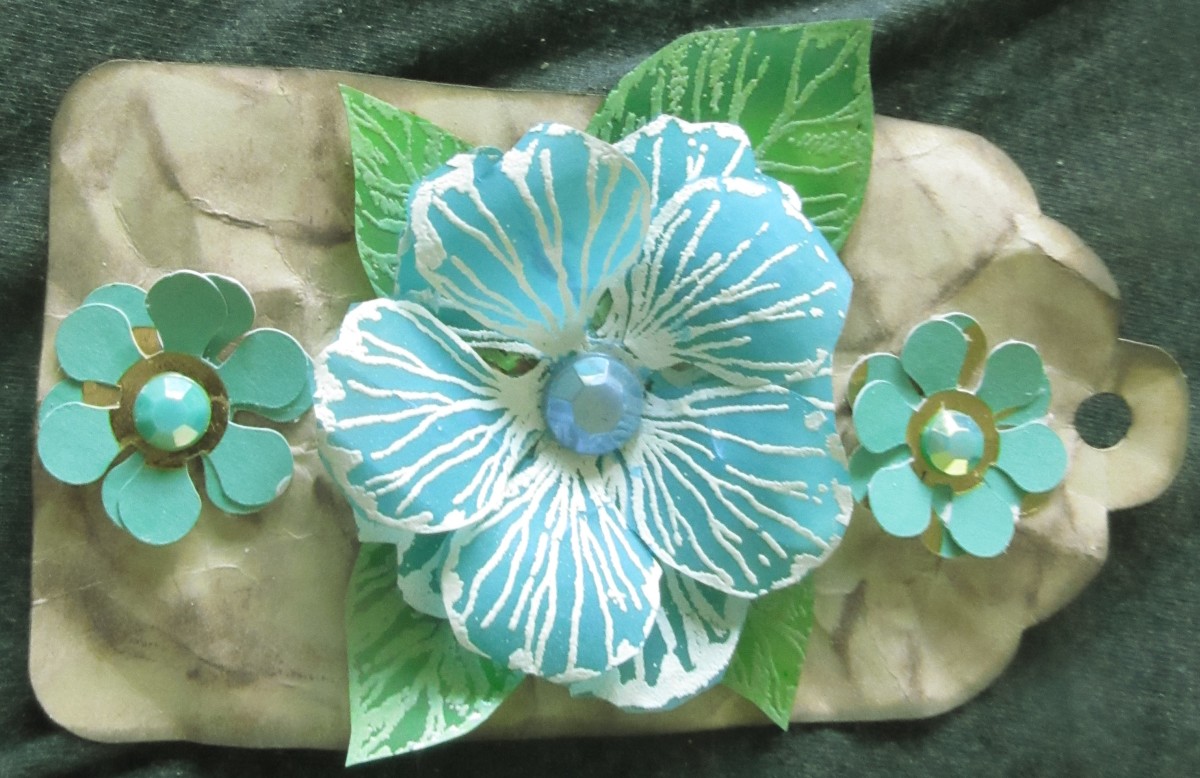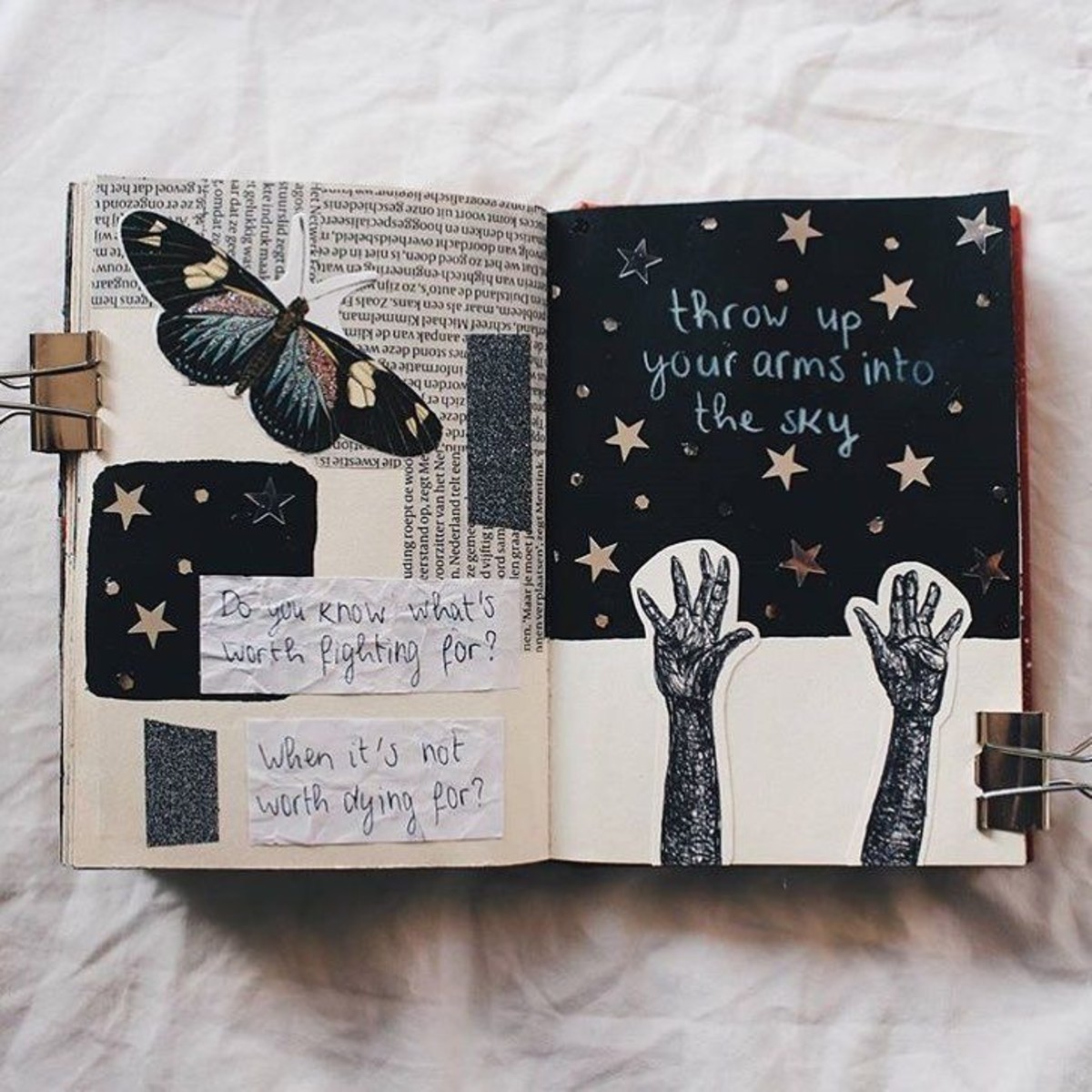Scrapbooking Ideas
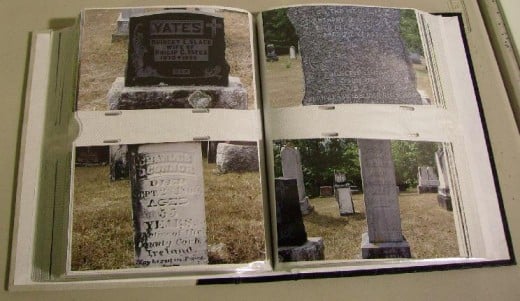
Building a Scrapbook from a Memory
Scrap-booking is becoming a popular pastime, as many people in our mobile and disposable culture are looking for ways to preserve parts of their past.
Because we move so much and because so many of the things we have used have been thrown away, scrap-booking for many simply involves the organization of pictures.
The purpose of scrap booking is to relive old memories and to hand on to younger generations a sample of this is what it was like when I was young.
Rather than just relying on physical objects that have survived and attempting to preserve them with scrap booking, how about also re-creating the event itself to enjoy and share with younger generations? Admittedly, this is difficult for many things, but here one idea that lends itself to re-creation and that is food and meals.
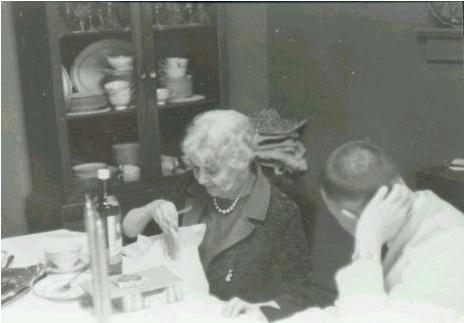
Memories from Past Dinners as a Theme
From the earliest times to the present, humans have always used food to satisfy both a biological need, nourishment, and a social need, socializing and bonding with other humans who are close to us.
The foods, the recipes and the rituals vary from age to age and culture to culture but eating remains something that we all share.
To start, simply sit down and start making a list of memorable meals and favorite foods/dishes that your mother, grandmother or other relative or family friend used to make.
Don't limit yourself to specific meals, recipes or foods. Rather, broaden you thinking to include food and eating in general as well as the personal events that surrounded those foods and meals.
This will not only provide material for food scrap-booking but will also provide stories and context for photos and other memorabilia you have assembled in a more traditional scrapbook.
Instead of simply identifying the long dead, grandparents and great aunts and uncles in the one surviving picture you have of a family gathering at Christmas when you were a child, you have the start of a story about the event which was probably either annual or a common way the family got together for any festive event in those days.
Thinking some more you can probably remember and describe specific foods that were always served at these events and, with a little more thought, either re-create or find a copy of the recipes for these foods. As you look at the picture and think about the people, food and events more details will come to mind both about the food and the people.
With the meal and food as the anchor, you can create pages of vignettes and pictures which alone don't tell much but together weave a whole story that can be a scrapbook in itself.
Childhood Memories of Sunday Dinner
For example, Sunday dinner.
When I was young we always had our main meal at noon on Sundays and my father always cooked it. It was a full meat, potatoes, vegetables and desert meal, that was usually served in the dining room using the family's fine china (porcelain dishes) and silver tableware.
My paternal grandmother often joined us and, when she joined us, the meal lingered on for two to three hours as all of us conversed. Most of the food was fairly straight forward with no special recipes, but there was the cottage cheese, Jell-O and pineapple salad that my Mother used to make (and which came from the recipe my paternal Grandmother had given to her).
As time passed my other dishes appeared. One favorite was a Jell-O, sour cream and strawberry salad which she modified from a recipe found in a magazine. Another treat, was a mint, cream and crushed chocolate cookie desert adapted from a recipe found on the chocolate cookie box. Both of these became family favorites.
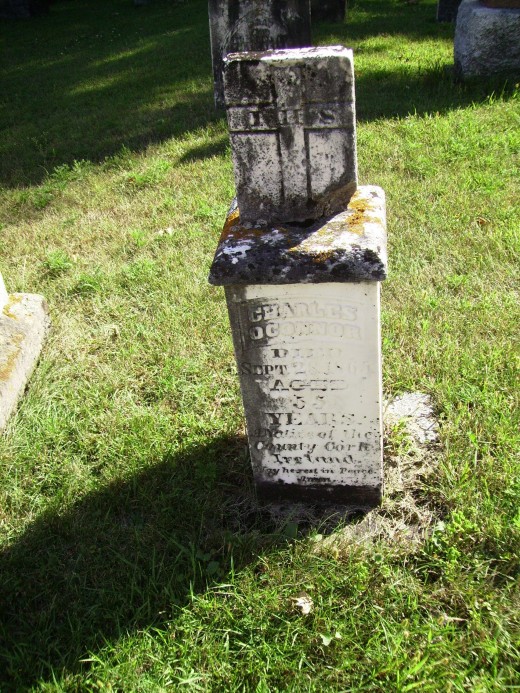
The Goal is a Story that Future Generations can Relate to and Enjoy
Using Sunday dinners with my family and grandmother as the focal point, we can easily put together a whole story that not only records my memories, but also helps to make my Grandmother real for my children (they were born years after she died).
In addition, such a scrapbook gives them a picture of life in my family when I was young.
Among the snippets of conversation that I remember from those years were incidents from my Grandmother's past.
Alone, these don't say much, but, together and within the context of these meals, they not only make my Grandmother come alive as a real person but also make her parents, grandparents and other relatives come alive as well.
In this case the Sunday Dinner Scrapbook becomes a family story going back six generations from my children to my Grandmother's grandfather (who died in 1865, years before my Grandmother was born).
I remember reading somewhere once that it was the belief of the Aztec Indians of Mexico that death was a three stage process with the first stage being the physical death, the second being the grave no longer attended by the family and the third the erasing, through time, of all memory of the person.
In these dinners my Grandmother passed on a couple of small items about her Grandfather personally. He emigrated from Ireland to Canada with his family, he was a tailor, and after his death the family moved across Lake Ontario to New York,
Her Grandfather's name was Charles, My Grandmother's brother was named Charles after him, my Father was named Charles after her brother and I was named Charles after my father.
My Grandmother also related tales about her mother and grandmother which puts her Grandfather, who was simply a name to her, into a context with the larger family of that era.
While there are only a couple of pictures from these dinners, I do have other pictures of the dining rooms in the two houses where these dinners took place, pictures of the houses, pictures of my Grandmother, parents, brothers and sisters from those days, photos of my Mother and Father preparing other holiday meals (there are none of them preparing the Sunday dinners) as well as old photos of some of the ancestors my Grandmother talked about.
Types and Sources of Material To Include In Scrapbook about Dinners
Over the years I have also managed to locate, in the local library, microfilm copies of articles and pictures from the newspaper about some of the things she described – articles about her brother as a local bike racing champion, an article and photo accompanying my Grandfather's obituary, articles about the Fenian invasion of Canada in which her uncle participated, etc.
There are also the recipes, a couple of which I have copies of the originals and others which I just remember how to make. While the meals themselves varied, the menu was basically the same with a steak or roast (beef, pork or lamb) as the main course.
Since these meals were prepared basically from scratch there is justification for including recipes and instructions for preparing uncooked meat in a conventional oven, pealing and cooking potatoes, carrots, onions, etc. Making gravy with flour and meat juice.
Mixes and prepared foods were not as common in those days and, of course, microwaves had yet to make their appearance as a consumer appliance (although my Father frequently mentioned seeing a futuristic demonstration of a meal being cooked with radio waves at the World's Fair in New York City in 1939 – it wasn't until years later when I owned a microwave oven that I finally understood what he was talking about).
Other illustrations can be pictures of the old oven and refrigerator we had, the dining room table with the table cloth, candles, good china, silver table ware along with the every day kitchen table with the plastic dishes (with each member of the family having their own color thanks to a grocery store promotion) and Formica table top, old cooking utensils such as wooden spoons, hand egg beaters and the Dutch Oven (a large covered steel or aluminum pot that went in the oven – this performed the same function as today's electric crock pots).
These can be obtained from either old family photos which you can scan and either use the entire photo or digitally cut out and enlarge the items you want to illustrate or search the Internet for photos of these items and copy them.
The end result of this process is a complete traditional paper or electronic scrapbook built around just one type of regular meal from my childhood. With an electronic scrapbook I can burn additional CD or DVD copies to share with relatives and, burning a copy to a DVD, lets me just pop it into a DVD player and show it any time.
For DVD copies of electronic scrapbooks, I usually save text in a separate file on the DVD and substitute a recording of me narrating the stories and describing the recipes – in this way I make it into a show that people want to view.
I have described but one example of making a scrapbook from a memory of one common family meal. I can make dozens of other scrapbooks for other meals or I can construct them around other things like memorable music I have heard, a trip, a job, an event (where I was on 911, when the first satellite was launched, when the first man was sent into space, when President Kennedy was assassinated, etc.), a relative or other person who has had a big impact on my life, etc.
All of these have memories which I can build into a story to provide text for the scrapbook. I can scour a wider variety of surviving pictures to illustrate the story. If there are no personal photos of the specific event I can use others (just as I used other photos of my Grandmother in the absence of photos of the Sunday dinners) that I or relatives have or obtain them from the Internet, scan post cards, magazine photos, etc.
I can also use audio such as recordings of that music or archival audio and video from the Internet for famous events – since this is for personal use and to share with family members, copyright restrictions generally don't apply in these cases. The point is that, with a little thinking and imagination, you can make some great scrapbooks – both traditional paper as well as electronic – starting with just a memory.


